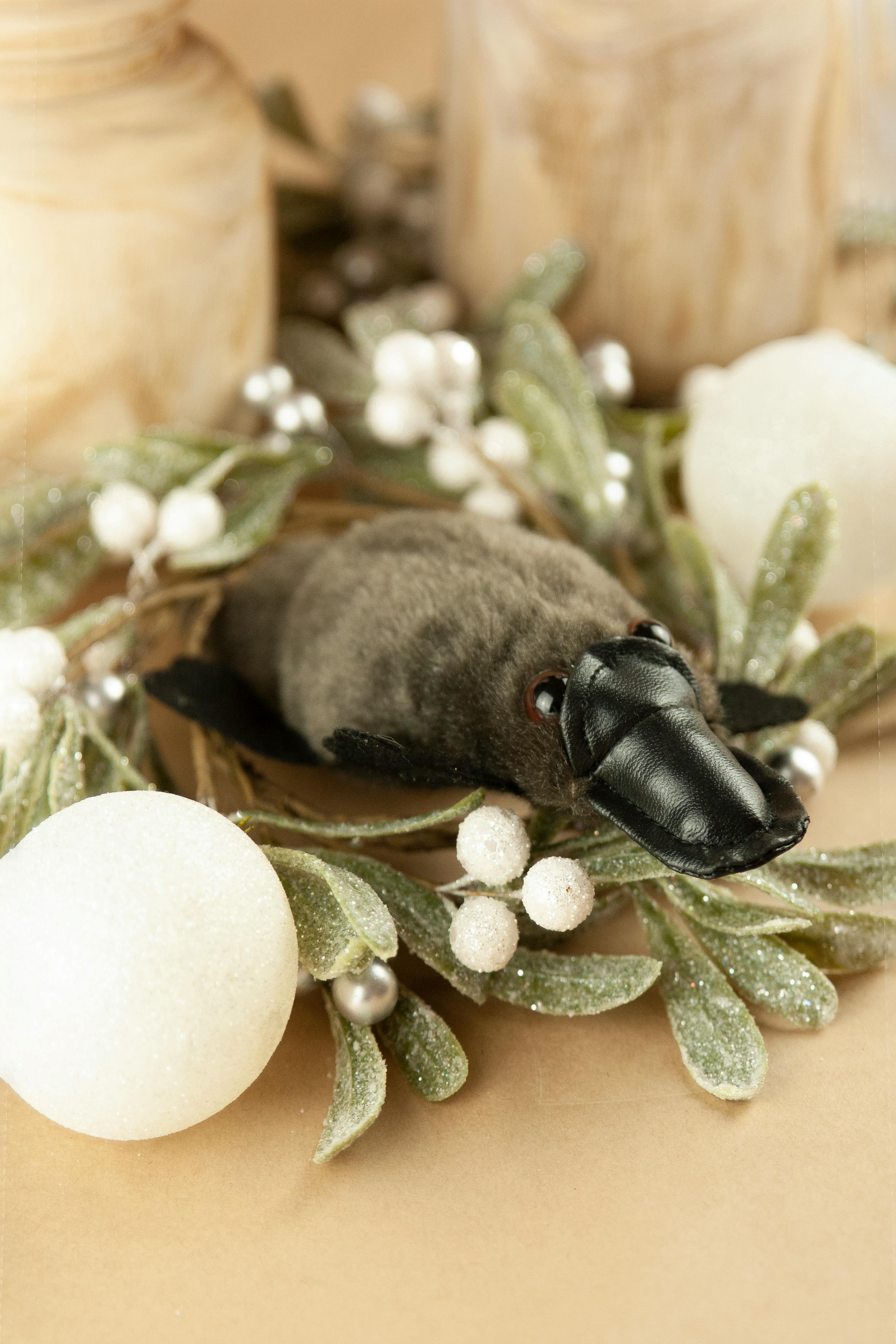Decoding the Secret Life of Platypuses: An Unusual Marvel of Nature
Introduction: Delve into the curious world of one of nature's most unique creatures — the platypus. This article takes you on an in-depth journey into the life, habits, and fascinating facts about these semi-aquatic mammals that continue to baffle scientists and animal enthusiasts alike.

The Anomaly of Nature: Platypus
The platypus, a creature native to Australia, represents a conundrum in the animal kingdom due to its peculiar combination of traits. Notably, it is one of the few mammals that lay eggs and possesses venomous spurs, webbed feet, and a bill that resembles a duck’s, making it a unique marvel in the world of wildlife.
Unravelling the Platypus’ Unique Features
The platypus is an egg-laying mammal or ‘monotreme’, a group that also includes echidnas. Their eggs, smaller than those of birds, are incubated outside of the mother’s body. Furthermore, male platypuses are equipped with venomous spurs on their hind limbs, a rarity among mammals.
The Platypus and Its Electromagnetic Detection
Perhaps the most fascinating aspect of platypus biology is their sixth sense - electroreception. They are capable of detecting electric fields produced by the muscle contractions of their prey. This ability is attributed to the skin receptors located in their bill, making their feeding habits an exciting area of research.
Conservation Status: A Call to Action
Currently, platypuses are listed as ‘Near Threatened’ on the IUCN Red List. However, recent bushfires and habitat destruction due to urbanisation have severely impacted their population. This highlights the urgent need for increased conservation efforts to protect this unique species.
The Platypus: An Icon of Evolutionary Biology
The platypus’s unusual mix of traits has also made it an essential subject in the study of evolutionary biology. Its genome, sequenced in 2008, revealed an intriguing blend of mammalian, reptilian, and avian DNA, furthering our understanding of animal evolution.
In conclusion, the platypus’s unique attributes, from its egg-laying capabilities to its electric field detection, make it a remarkable creature. While it continues to be a subject of scientific intrigue, the platypus’s precarious existence underscores the need for continued conservation efforts. As the mysteries of this fascinating creature continue to unfold, it serves as a reminder of the incredible diversity and complexity of our natural world.




